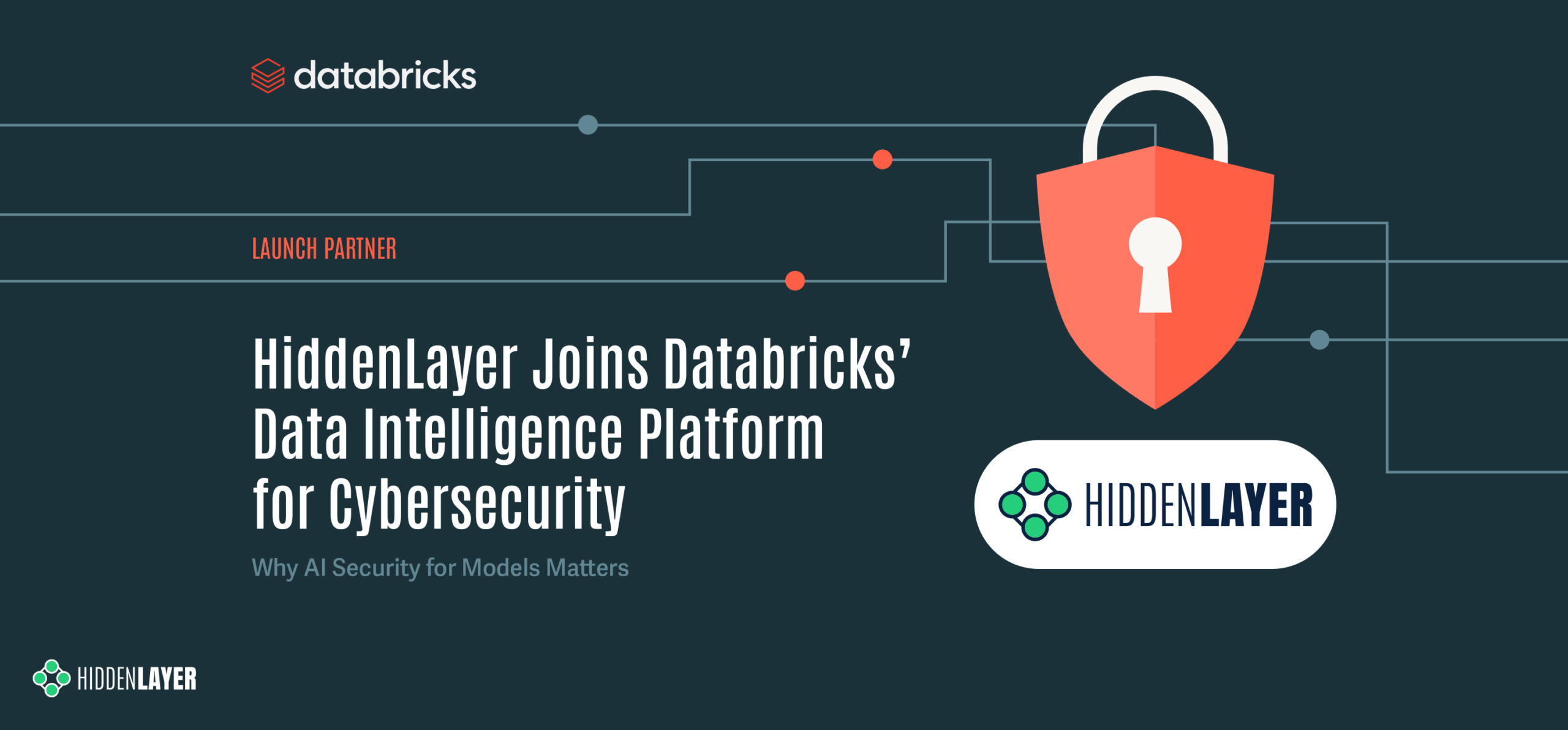Why Documentation Matters Now
As generative AI evolves into more autonomous, agent-driven systems, the way we document and govern these models must evolve too. Traditional methods of model documentation, built for static, prompt-based models, are no longer sufficient. The industry is entering a new era where transparency isn’t optional, it’s structural.
Prompt-Based AI to Agentic Systems: A Shift in Governance Demands
Agentic AI represents a fundamental shift. These systems generate text and classify data while also setting goals, planning actions, interacting with APIs and tools, and adapting behavior post-deployment. They are dynamic, interactive, and self-directed.
Yet, most of today’s AI documentation tools assume a static model with fixed inputs and outputs. This mismatch creates a transparency gap when regulatory frameworks, like the EU AI Act, are demanding more rigorous, auditable documentation.
Is Your AI Documentation Ready for Regulation?
Under Article 11 of the EU AI Act, any AI system classified as “high-risk” must be accompanied by comprehensive technical documentation. While this requirement was conceived with traditional systems in mind, the implications for agentic AI are far more complex.
Agentic systems require living documentation, not just model cards and static metadata, but detailed, up-to-date records that capture:
- Real-time decision logic
- Contextual memory updates
- Tool usage and API interactions
- Inter-agent coordination
- Behavioral logs and escalation events
Without this level of granularity, it’s nearly impossible to demonstrate compliance, ensure audit readiness, or maintain stakeholder trust.
Why the Industry Needs AI Bills of Materials (AIBOMs)
Think of an AI Bill of Materials (AIBOM) as the AI equivalent of a software SBOM: a detailed inventory of the system’s components, logic flows, dependencies, and data sources.
But for agentic AI, that inventory can’t just sit on a shelf. It needs to be dynamic, structured, exportable, and machine-readable, ready to support:
- AI supply chain transparency
- License and IP compliance
- Ongoing monitoring and governance
- Cross-functional collaboration between developers, auditors, and risk officers.
As autonomous systems grow in complexity, AIBOMs become a baseline requirement for oversight and accountability.
What Transparency Looks Like for Agentic AI
To responsibly deploy agentic AI, documentation must shift from static snapshots to system-level observability, serving as a dynamic, living system card. This includes:
- System Architecture Maps: Tool, reasoning, and action layers
- Tool & Function Registries: APIs, callable functions, schemas, permissions
- Workflow Logging: Real-time tracking of how tasks are completed
- Goal & Decision Traces: How the system prioritizes, adapts, and escalates
- Behavioral Audits: Runtime logs, memory updates, performance flags
- Governance Mechanisms: Manual override paths, privacy enforcement, safety constraints
- Ethical Guardrails: Boundaries for fair use, output accountability, and failure handling
In this architecture, the AIBOM adapts and becomes the connective tissue between regulation, risk management, and real-world deployment. This approach operationalizes many of the transparency principles outlined in recent proposals for frontier AI development and governance, such as those proposed by Anthropic, bringing them to life at runtime for both models and agentic systems.
Reframing Transparency as a Design Principle
Transparency is often discussed as a post-hoc compliance measure. But for agentic AI, it must be architected from the start. Documentation should not be a burden but rather a strategic asset. By embedding traceability into the design of autonomous systems, organizations can move from reactive compliance to proactive governance. This shift builds stakeholder confidence, supports secure scale, and helps ensure that AI systems operate within acceptable risk boundaries.
The Path Forward
Agentic AI is already being integrated into enterprise workflows, cybersecurity operations, and customer-facing tools. As these systems mature, they will redefine what “AI governance” means in practice.
To navigate this shift, the AI community, developers, policymakers, auditors, and advocates alike must rally around new standards for dynamic, system-aware documentation. The AI Bill of Materials is one such framework. But more importantly, it’s a call to evolve how we build, monitor, and trust intelligent systems.
Looking to operationalize AI transparency?
HiddenLayer’s AI Bill of Materials (AIBOM) delivers a structured, exportable inventory of your AI system components, supporting compliance with the EU AI Act and preparing your organization for the complexities of agentic AI.
Built to align with OWASP CycloneDX standards, AIBOM offers machine-readable insights into your models, datasets, software dependencies, and more, making AI documentation scalable, auditable, and future-proof.




